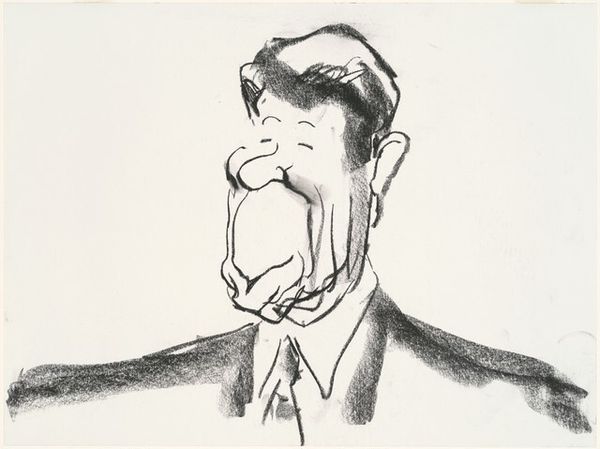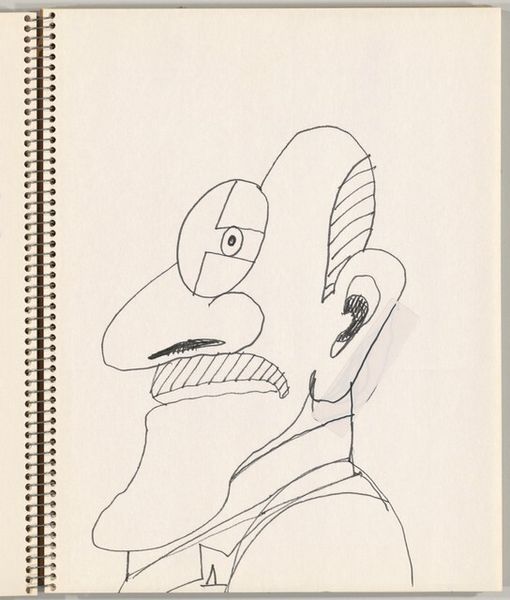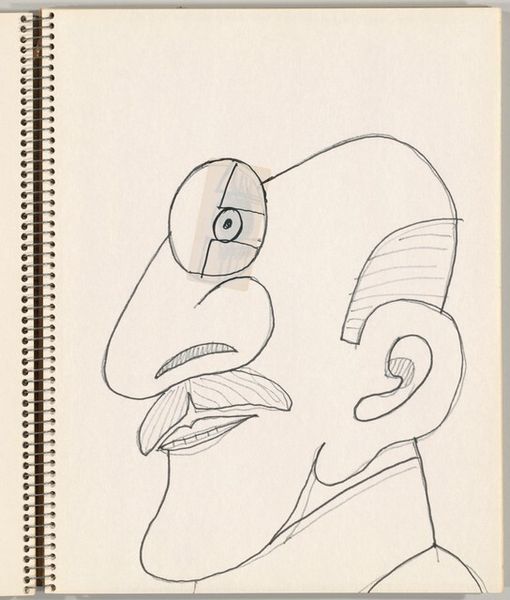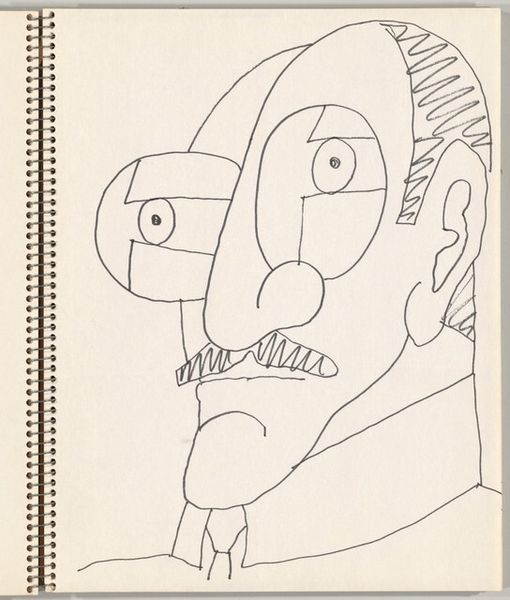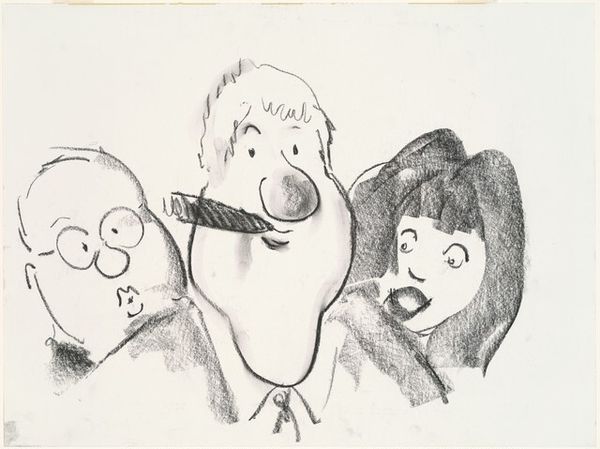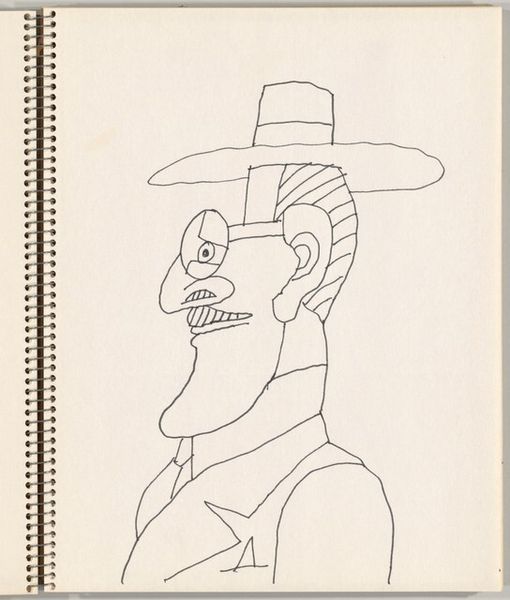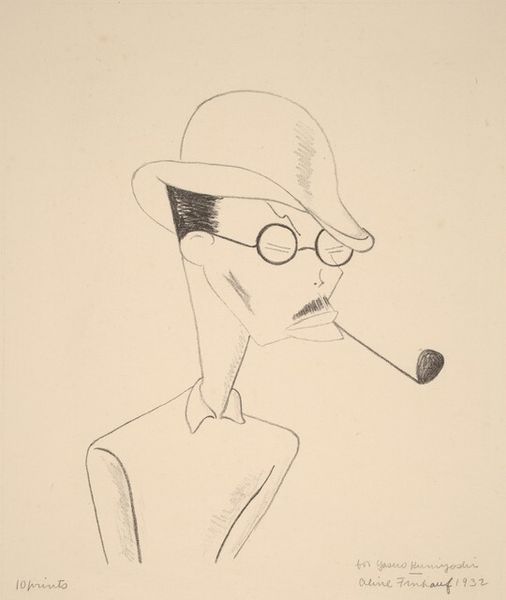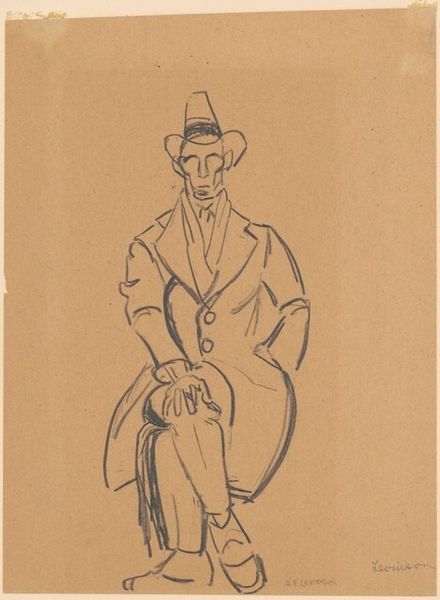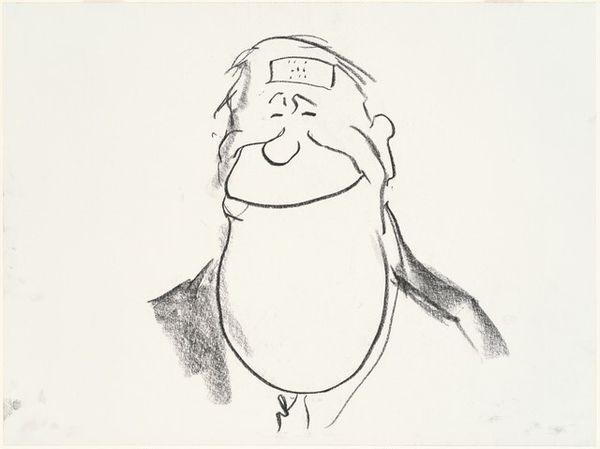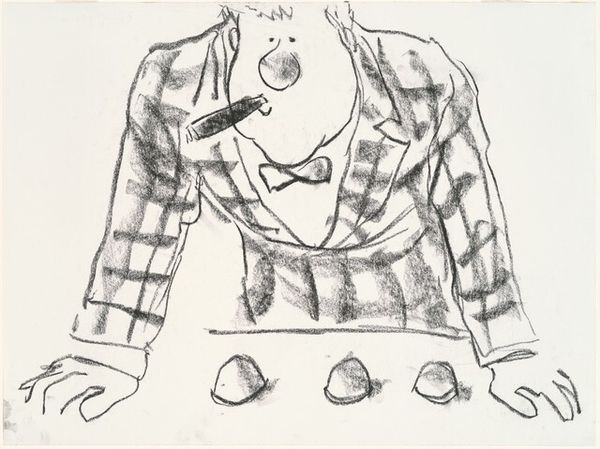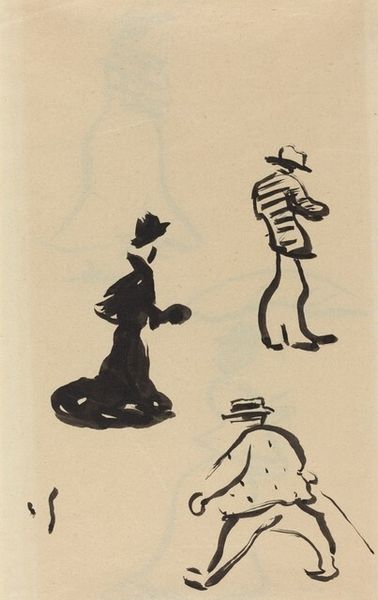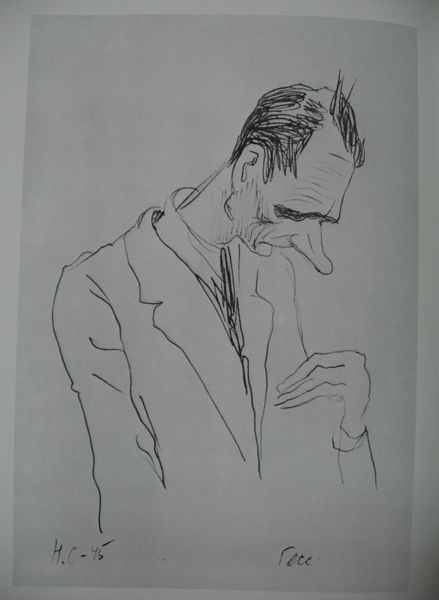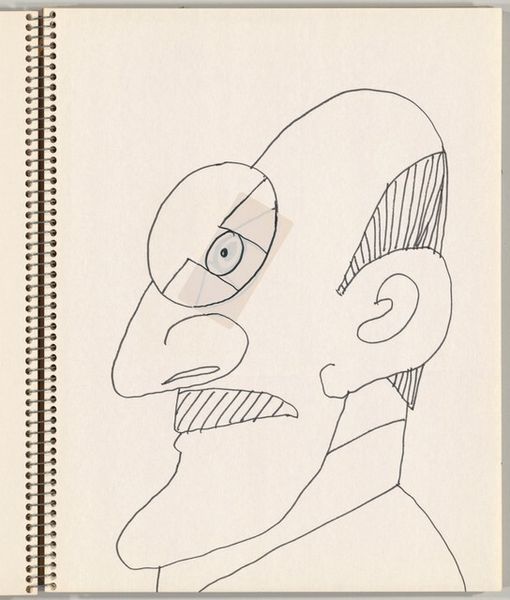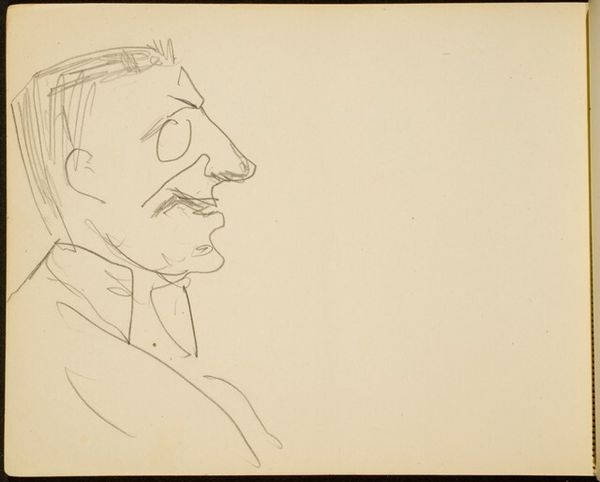
drawing, graphite
#
portrait
#
drawing
#
contemporary
#
caricature
#
graphite
Dimensions: sheet: 45.72 × 60.96 cm (18 × 24 in.)
Copyright: National Gallery of Art: CC0 1.0
Curator: Looking at this work, I find myself drawn into the complex relationship between political caricature and cultural memory. Editor: My first impression is one of biting wit. The exaggeration is almost cartoonish, reducing these historical figures to almost absurd proportions, all sketched in rather simple graphite on paper. Curator: Indeed. What we have here is a graphite drawing titled "President Bush and Golda Meir," dating back to 1999, created by Pat Oliphant. Oliphant's caricatures were known for their sharp commentary, often challenging political norms through exaggerated features. It feels deeply entrenched in a specific moment in history, doesn't it? Editor: Absolutely, the distortions definitely push buttons. But it makes me think, what’s the social role of this kind of pointed visual rhetoric? Does this type of exaggerated representation serve as critique, or does it fall into harmful stereotypes, playing on existing prejudices? I mean, look at the noses! Curator: Well, I believe that, although harsh, the use of caricature helps codify how public figures are remembered, turning individuals into symbols laden with meaning. Take, for example, the exaggerated facial features, the imposing noses—in caricature, they are used to suggest something about these individual's perceived personality and influence in the geo-political realm. Editor: But does that kind of visual shortcut not oversimplify very intricate historical dramas? The problem I often see with political cartoons is how reliant they become on immediate, sensational reactions rather than substantive, long-term analysis of political players. Curator: But perhaps their value lies in capturing the public mood, revealing anxieties and social attitudes of the time, a way to question authority or reflect cultural sentiments in a visually accessible way, which echoes far longer than fleeting political feuds. Editor: It certainly prompts a strong reaction, that’s for sure. And it’s important to reflect on the potential power, and pitfalls, of these representations that take center stage in shaping collective consciousness. Curator: Indeed. A potent reminder of art's ongoing engagement with our public personas and its capability to influence lasting impressions, a cultural touchstone, for better or worse.
Comments
No comments
Be the first to comment and join the conversation on the ultimate creative platform.
